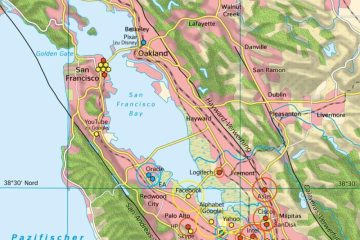The Rise of Boomtowns: Economic Growth and Challenges

Introduction to Boomtowns
In recent years, the term ‘boomtown’ has garnered increasing interest as regions around the world experience rapid economic growth and demographic shifts. Boomtowns are characterised by swift development, often due to factors such as natural resources, technology, or significant infrastructure projects. Understanding boomtowns is essential, as they not only impact local economies but also influence global markets and migration trends.
Current Events and Trends
One notable example is the rise of boomtowns in the United States, particularly in states like Texas and North Dakota, driven by the oil and gas sector. The shale oil boom has transformed cities like Williston, North Dakota, into major hubs, attracting workers and businesses. According to the United States Census Bureau, Williston’s population surged by over 300% from 2010 to 2015 as job opportunities in the oil industry multiplied.
Similarly, towns in Canada, such as Fort McMurray in Alberta, have experienced significant demographic influxes due to the oil sands industry. This rapid population growth has brought both economic opportunity and challenges, including issues surrounding housing availability, infrastructure strain, and environmental concerns.
Challenges Faced by Boomtowns
While boomtowns often herald prosperity, they are not without their challenges. City planners in these areas face the daunting task of providing adequate services to rapidly growing populations, leading to infrastructural stress. For instance, in Williston, the lack of housing drove prices steeply upwards, causing concerns over affordability and living conditions.
Moreover, the environmental impact associated with rapid industrialisation poses significant risks. Areas like Fort McMurray have faced scrutiny regarding oil extraction’s effects on local ecosystems, highlighting the balance needed between economic growth and environmental stewardship.
Conclusion: Significance of Boomtowns
As boomtowns continue to emerge globally, they serve as a case study in how economies can evolve in response to new opportunities. Understanding the dynamics at play in these regions is vital for policymakers, businesses, and residents alike. The sustainability of such rapid growth largely depends on addressing the infrastructural and environmental challenges that accompany it.
Forecasts suggest that as certain industries, particularly digital and green technologies, gain traction, new boomtowns may surface beyond traditional sectors like oil and gas. The continuing evolution of boomtowns will remain a significant topic of interest for economists and urban planners, influencing both local communities and broader economic trends.









